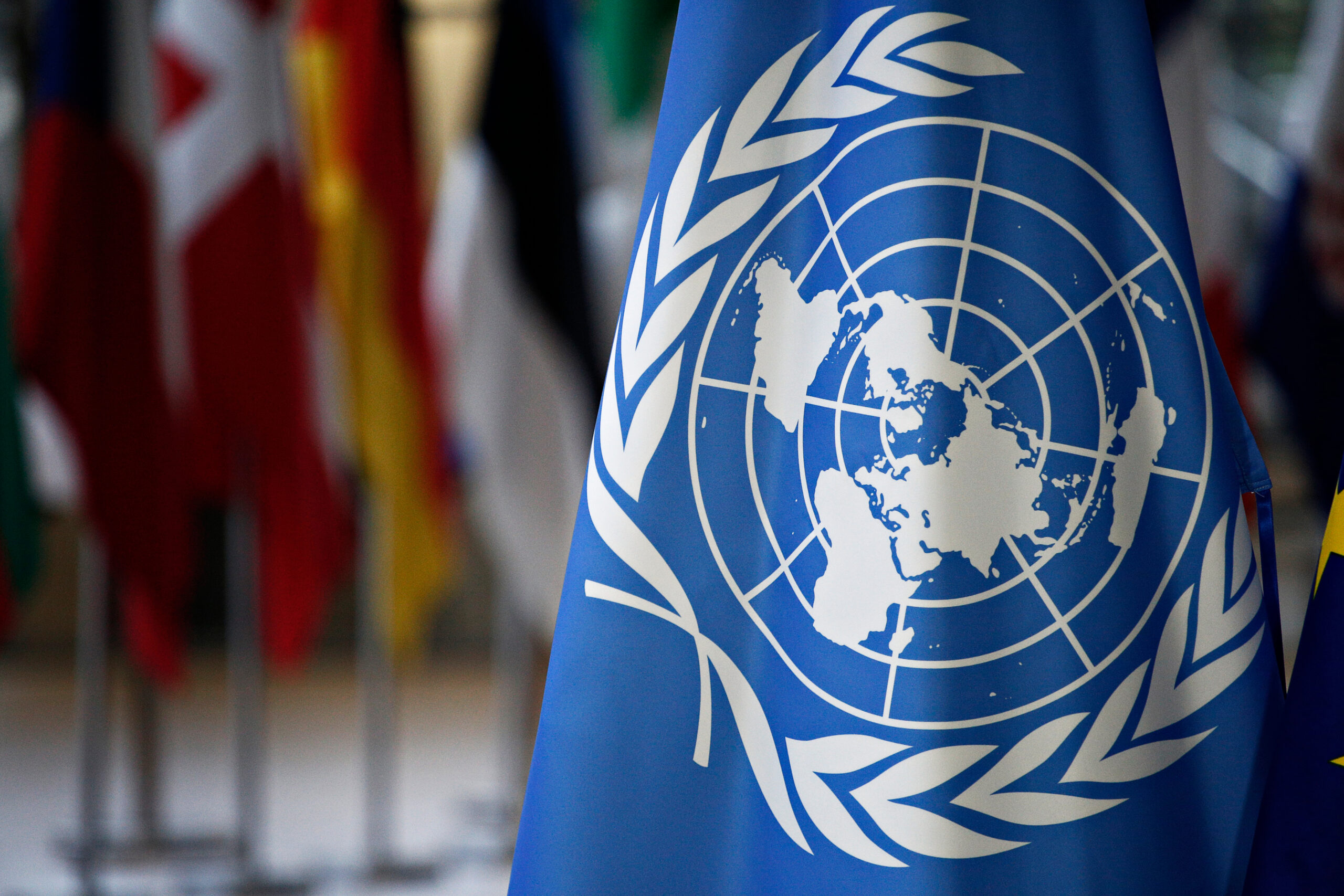UN Plastics Treaty: A defining moment in the global fight against plastic pollution
World leaders are on their way to Busan, South Korea, for a historic negotiation: INC-5, the final round of negotiations for a UN treaty to end plastic pollution. What can we expect? How can a plastics treaty confront plastic pollution at its root, protect health, and preserve the environment? Read our blog to find out.

ECOS is joining the global community in South Korea for the final round of negotiations for a UN treaty to end plastic pollution—an escalating crisis that must be dealt with. This treaty could be the tool the world needs to finally address plastic pollution’s root causes and protect human and environmental health, but it needs a push.
With four preceding negotiations already wrapped up (and not a lot to show for it), there is considerable ground to cover at INC-5. A lot is at stake, but with all options still on the table, there is also still hope for an ambitious treaty—and we really need it.
National regulations targeting plastic pollution over the past five years have not stopped oceanic plastic pollution surging by over 50% during the same period. Fragmented approaches are not working; we need meaningful action, and we must act together to solve this global problem. This treaty is our last chance.
ECOS has identified the five most important outcomes negotiators must strive for to truly make a difference and prevent plastic pollution from tripling by 2060.
Five essentials for an effective treaty
1. Reduce plastic production with binding targets
Without strict production cuts, we’ll drown in plastic. The treaty must set ambitious, science-based goals to phase down plastic production. If producers keep churning out plastic as projected, no waste management system can keep up. Binding, transparent targets across nations are the only way forward.
2. Ban the most harmful plastics and chemicals
To protect human and environmental health, problematic plastics and toxic chemicals must be eliminated worldwide. The treaty should enforce binding, global bans with clear timelines. Every link in the plastic chain, from production to disposal, must be safe and transparent.
3. Design products and systems for a safe, circular economy
Plastic products should be designed to be reused, recycled, and safe for the environment. Binding standards for design, reuse, and recycling are essential. The treaty should prevent a shift to single-use substitutes and ensure the necessary infrastructure supports circular product design.
4. Make transparency a priority
Transparent, standardised data on plastics and chemicals is critical. The treaty must mandate public reporting at every lifecycle stage. With robust data, we can track progress, spot gaps, and hold everyone accountable.
5. Ensure the treaty is adaptable and can evolve
To stay effective, the treaty needs a simple process for updates. A two-thirds majority rule would keep changes efficient while requiring broad support. This adaptable framework would allow the treaty to evolve with science and new challenges. Inclusive participation—such as that of NGOs like ECOS—in developing and updating these annexes is essential to meet the treaty’s objectives and maintain its ambition and integrity.
INC-5: The last chance for an ambitious treaty
The world has a choice to make. Will they take the path towards ending plastic pollution at its source, or will they let short-term interests win? With binding commitments and bold decisions, supported by robust standards, this treaty could turn the tide on plastic pollution. Now is our chance.

 By
By 
